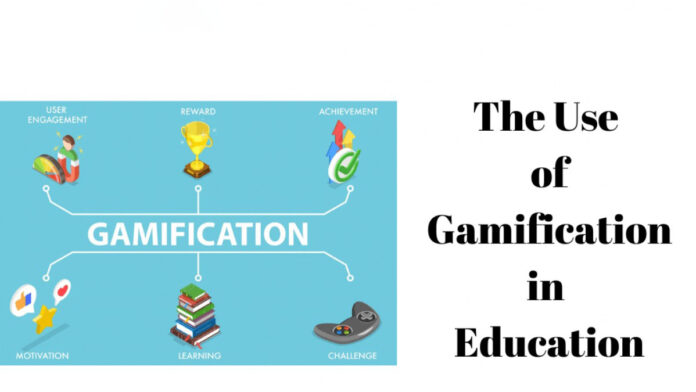Gamification is a powerful tool that can be used to increase student engagement and retention in online courses. By incorporating elements of game design into your course, you can create a more interactive and engaging learning experience for your students. we’ll explore the benefits of gamification and provide tips on how to use it effectively in your online course.
What is Gamification?
Gamification is the use of game design elements in non-game contexts, such as education or business. It involves incorporating features like points, badges, and leaderboards into a task or activity to make it more engaging and motivating. In an online course, gamification can be used to increase student engagement and retention by making learning more fun and interactive. By incorporating game elements into course activities and assessments, you can create a more immersive and rewarding learning experience for your students.
Benefits of Gamification in Online Learning
There are several benefits of incorporating gamification into your online course:
- Increased Engagement: Gamification makes learning more interactive and fun, which can increase student engagement and motivation.
- Improved Retention: By making learning more enjoyable, students are more likely to remember what they’ve learned and retain it for longer.
- Enhanced Learning: Gamification can be used to reinforce key concepts and encourage students to apply what they’ve learned in real-world scenarios.
- Personalization: By incorporating game elements like branching scenarios, you can create a more personalized learning experience for each student.
Tips for Using Gamification in Online Learning
Here are some tips for incorporating gamification into your online course:
- Define Clear Objectives and Rules
Before incorporating gamification into your course, it’s important to define clear objectives and rules. This will help ensure that the game elements are aligned with the learning outcomes and that students understand how to play the game.
- Use Points and Badges to Motivate Students
Points and badges are effective motivators that can encourage students to engage with your course content. By rewarding students for completing tasks or achieving milestones, you can create a sense of accomplishment and progress.
- Incorporate Leaderboards to Create Competition
Leaderboards can be used to create competition and motivate students to perform at their best. By displaying the top performers, you can encourage students to work harder and strive to improve their rankings.
- Use Game Elements in Assessments
Incorporating game elements into assessments can make them more engaging and motivating. For example, you could use a quiz game format to test students on key concepts, or incorporate game elements like branching scenarios to create more immersive assessments.
- Provide Feedback and Rewards
Feedback and rewards are important elements of gamification that can help students stay engaged and motivated. By providing feedback on their performance and rewarding them for their achievements, you can create a sense of progress and accomplishment.
- Keep it Simple
When incorporating gamification into your online course, it’s important to keep it simple. Don’t overwhelm students with too many game elements or rules, and make sure that the game elements are aligned with the learning objectives.
Examples of Gamification in Online Learning
Here are some examples of gamification in online learning:
- Duolingo: Duolingo is a language-learning platform that uses gamification to make learning more engaging and fun. The platform uses points, badges, and leaderboards to motivate students to learn new languages.
- Khan Academy: Khan Academy is an online learning platform that uses gamification to make learning more interactive and engaging. The platform uses game elements like badges and progress tracking to motivate students to complete lessons and quizzes.
- Classcraft: Classcraft is a gamification platform that allows teachers to create role-playing games that help students learn and engage with course material. The platform uses game elements like points, badges, and leaderboards to motivate students to complete quests, level up, and earn rewards.
- CodeCombat: CodeCombat is an online game that teaches students how to code. The game uses gamification to make learning to code more fun and interactive. Students complete coding challenges and earn points and badges as they progress through the game.
- Quizlet: Quizlet is a study tool that uses gamification to make studying more engaging and fun. Students can create flashcards, quizzes, and other study materials, and earn points and badges as they master the material.
Conclusion
Gamification is a powerful tool that can be used to increase student engagement and retention in online courses. By incorporating game elements like points, badges, and leaderboards into your course, you can create a more interactive and engaging learning experience for your students. When using gamification, it’s important to define clear objectives and rules, use game elements to motivate students, incorporate game elements into assessments, provide feedback and rewards, keep it simple, and personalize the experience for each student. By following these tips and incorporating gamification into your online course, you can create a more immersive and rewarding learning experience for your students.



